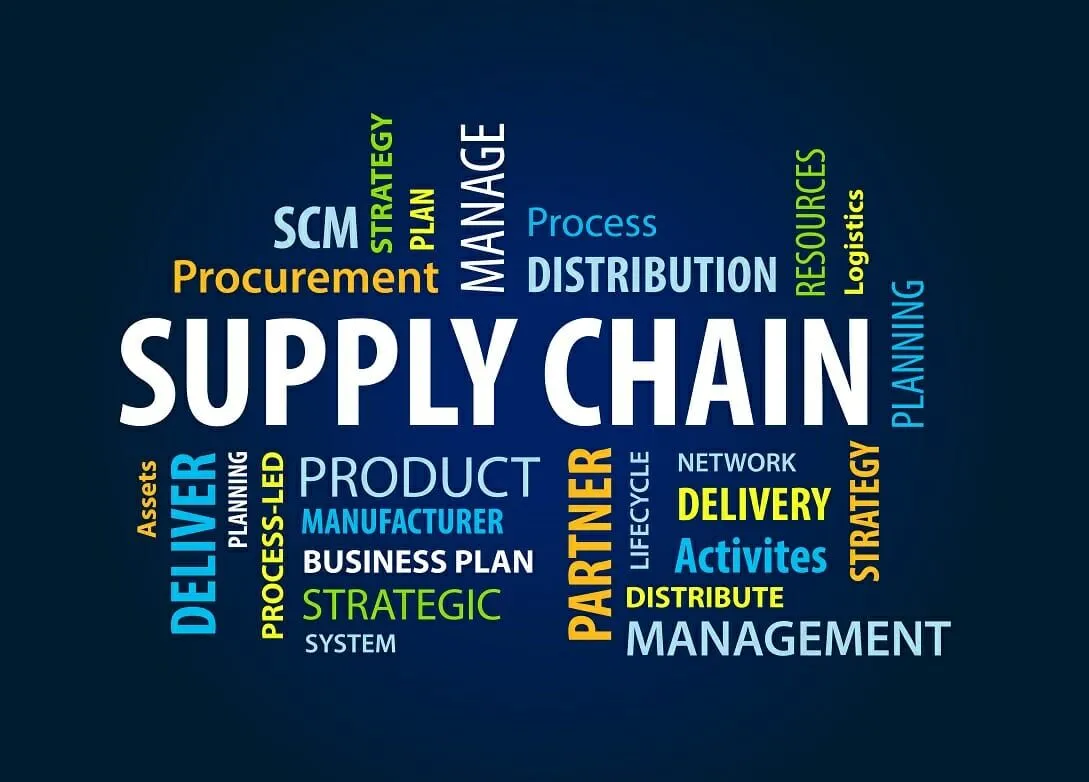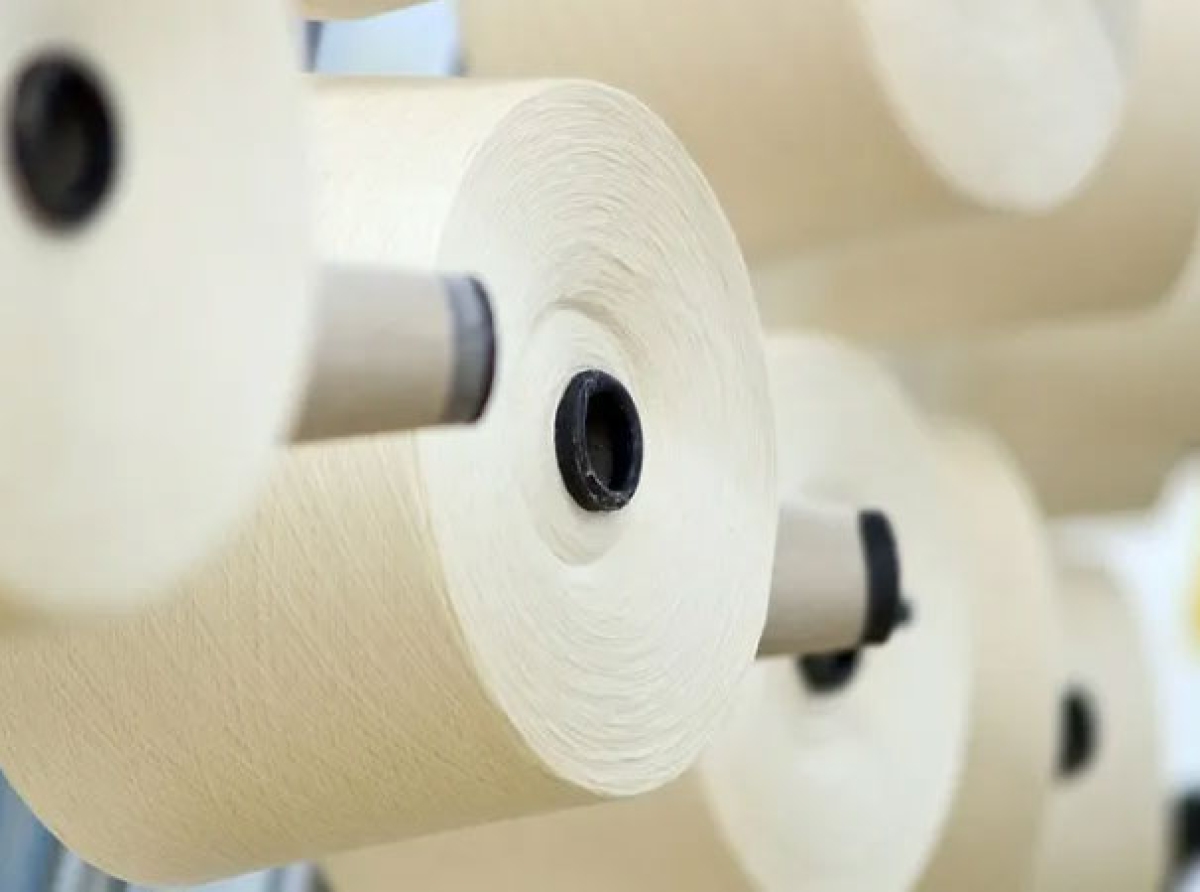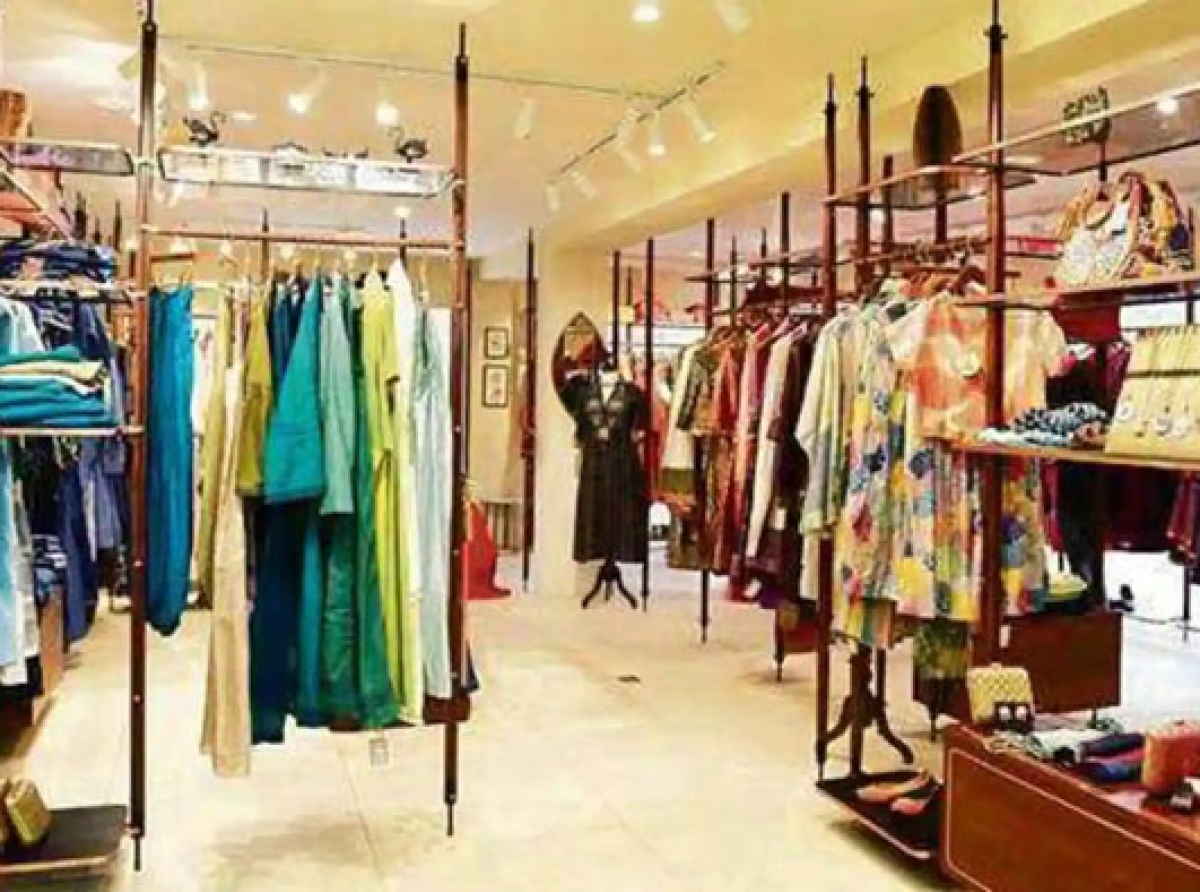Persistent Inflationary Forces Playing Out & Its Impact On T&A

07 May 2022, Mumbai:
Buttons are imported from China and Hong Kong, where the more trendy wooden or engraved buttons are created by apparel manufacturers worldwide, including India.
Plastic and nylon buttons are primarily produced in India.
The industrial-grade thread they use is made in India by Madura Coats in Chennai.

ALSO READ Grasim Industries: Rise in input cost compels hike in VSF prices
This, according to Ravi Kishore, former director of the Apparel Export Promotion Council, is symptomatic of India's dispersed and fractured textile supply chain, which raises transportation costs and lengthens production lead times. As a result of all of this, the sector cannot compete with Bangladesh and Vietnam.
In 2022, most fashion players will be on shaky ground, as an unreliable and unpredictable recovery will force them to either improve their game or risk consolidation or insolvency.
Indeed, many of the benefits projected next year are likely to be outweighed by global economic recovery pains and disruptions, forcing decision-makers to take measures to keep enterprises stable.

RELEVANT NEWS IKEA (Ingka Group) hikes prices as supply chain woes continue unabated
Customers, workers, contractors, investors, and the general public want fashion firms to operate in their best interests. Many brands will emphasize circular business models, greener resources, and more environmentally friendly technology.
The textiles and garment sector plays a significant role in the Indian economy in terms of employment, value contributed, and export revenues. Except for the spinning industry, the industry is dominated by tiny, fragmented, and non-integrated entities.
Large units dominate spinning section output, which has undergone significant modernization at a quick pace.
RELEVANT NEWS Apparel retailers to have a tough year ahead: Analysts, ICICI Securities
In recent years, there has been a step toward consolidation and integration with the value chain upstream and modernization in categories such as clothing. The ginning, weaving, and processing industries lag in terms of modernity.
Over time, the power loom sector has grown dominant within the weaving industry.
According to the Ministry of Commerce, India's exports have dropped 20% from 2016-to 17 to $29 billion in 2020-21.

According to Wazir Advisors, the domestic market fell 30% last year, to $75 billion in 2020-21. The industry is expected to increase to $190 billion by 2025-26.
Growth is critical since the textile industry provides between 2% to 3% of India's GDP, 7% to industrial production, and 12% to export profits and employs over 45 million people.
![]()
RELEVANT NEWS Mitra, principal chief adviser, West Bengal :GST hike for man-made fibre (MMF), Textiles to hit MSMEs & dampen demand
According to producers, many goods created with these materials, such as sportswear, knitted shirts, and woven tops, are not covered by the HSN codes in the plan.
A Harmonized System of Nomenclature code is a six-digit number categorizes over 5,000 goods worldwide.
An up to 80% spurt in cotton prices in the past one year has pressured margins of textile and garment firms. This, combined with the persistent inflationary forces T&A sector has been hit hard by job losses and rising living.

But a section of the industry feels that the rate hike would dampen demand given that prices to end consumers could rise as the industry passes on the higher tax. Three-fourths of the domestically produced textile items are sold in the domestic market.
“The million dollar question is if a cost-benefit analysis has been done?".
The cost of sticky inflation is a massive closure of units, particularly small and medium units, (which will give rise to) unemployment as the inflation starts to bite common more than anybody else at this juncture and potentially hurting the demand especially of non-discretionary items given that Russia-Ukraine war end is not in sight.
Join our community on Linkedin
























